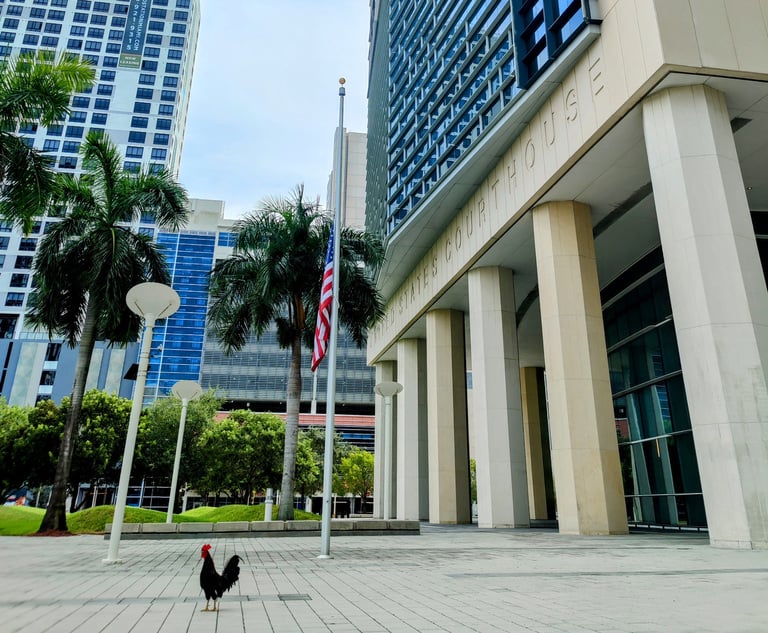During the past several years, joint employer liability has been a hot-topic affecting franchisors and franchisees alike, due to the lack of clarity surrounding when two or more businesses may be deemed joint employers. On the one hand, there are laws that require brands to protect their federally registered trademarks by exercising certain brand controls. However, there are also competing laws that can create joint-employer liability when a company exercises such controls. In franchising, the argument has been that by placing controls to promote uniformity on franchisees contained in franchise agreements, franchisors are also controlling working conditions at the franchised location. As a result, franchise businesses often find themselves in a catch-22.
The joint-employer dilemma faced by franchise businesses largely is a result of the controversial 2015 National Relations Board’s (NLRB) decision in Browning-Ferris Industries of California, which expanded the definition of “joint employer” under the National Labor Relations Act (NLRA). Browning-Ferris abandoned the previous test applied by the NLRB, which measured joint-employer liability on whether there was “direct and immediate” control over the employees’ “essential terms and conditions of employment.” As a result of Browning-Ferris, “indirect” or “potential” control over employees’ working conditions was now sufficient for finding a joint-employment relationship.


 Morgan Ben-David, with AXS Law Group.
Morgan Ben-David, with AXS Law Group.




